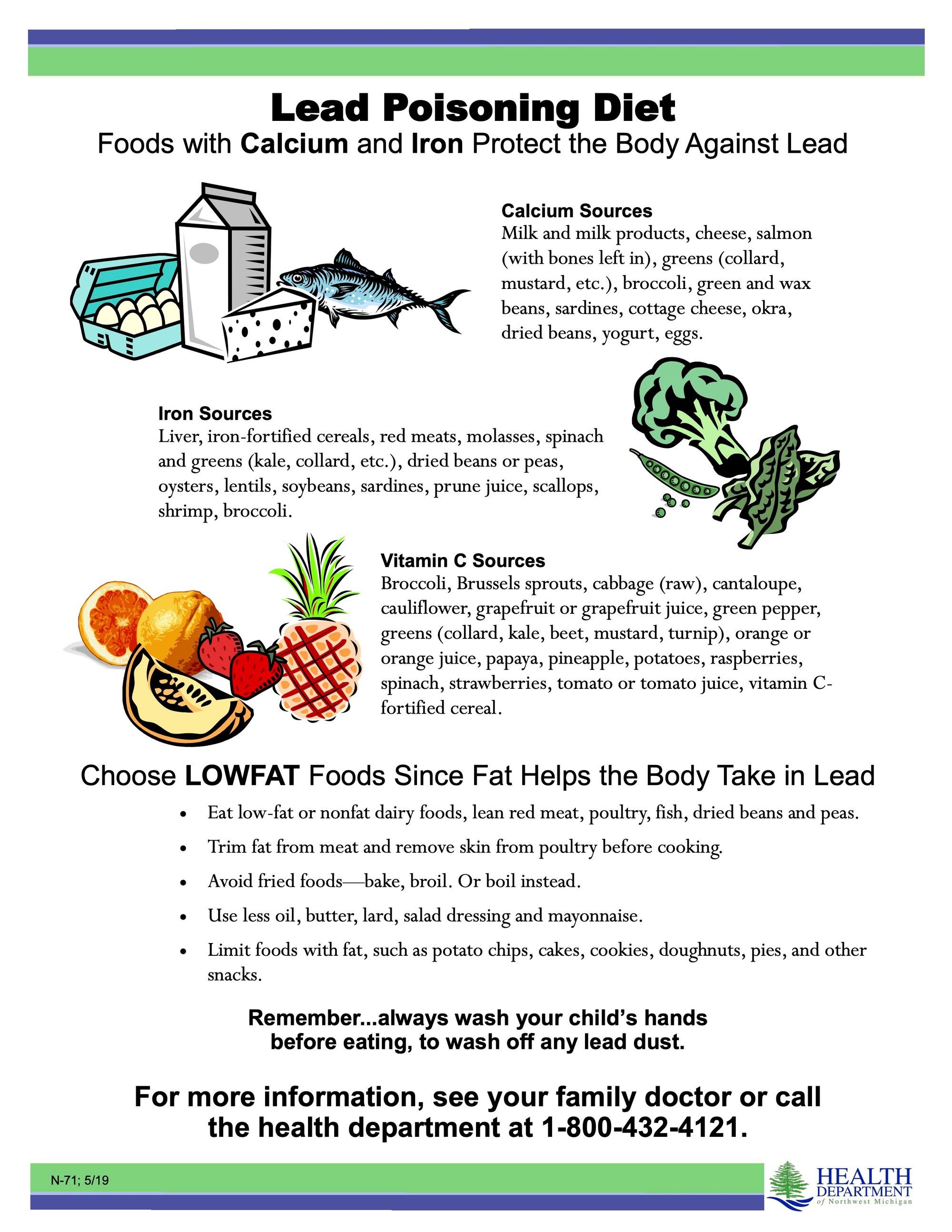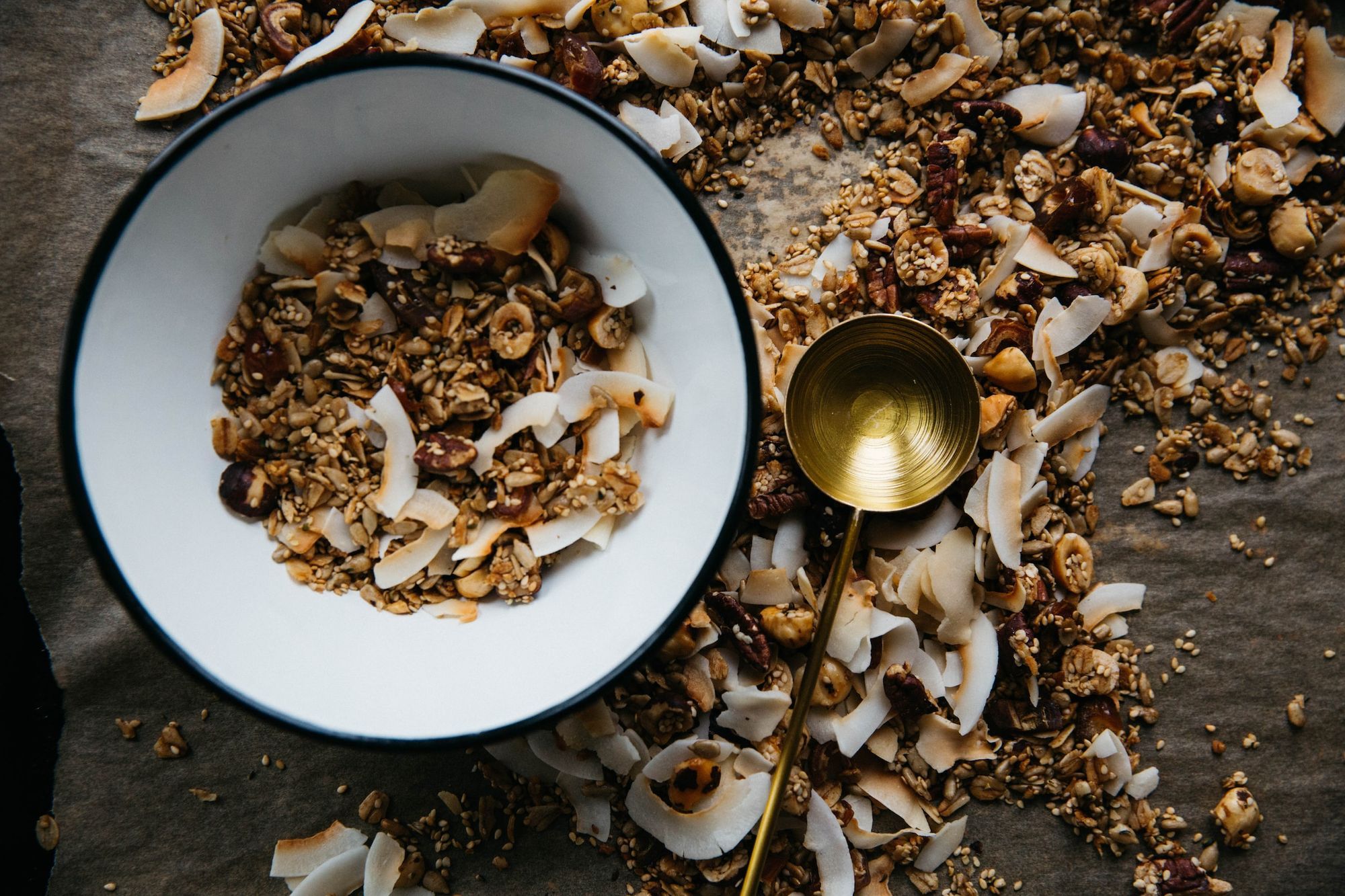Lead + Cadmium + Chocolate Does NOT Have to Equal Fear

The words lead, cadmium, and chocolate in the same sentence are a perfect storm for clickbait. Add kids into the mix and the topic is pretty much guaranteed to lead the 11 o’clock news because the optics are scary.
Sadly, sensationalism sells and gets readers’ eyeballs engaged more than nuanced takes. And that’s what happened when Consumer Reports published its analysis lead and cadmium levels in 28 popular and fine chocolate bars.

Most of the bars (23 of the 28) had lead levels higher than the Maximum Allowable Dose Levels (“MADL”) for lead or cadmium allowed by California’s Proposition 65. This law requires businesses to “provide warnings to Californians about significant exposures to chemicals that cause cancer, birth defects or other reproductive harm.”
The TL;DR
Food toxicity issues involve complex science and are loaded with all kinds of emotions (more so with chocolate than with spinach), so I’ll get to the bottom line right away:
There is no identified “safe level” of lead or cadmium in the blood. Still, some amount of lead and cadmium in our blood is inevitable and low levels are not known to cause harm.
From chocolate? Not likely. You get a lot more of each from the rest of your diet and probably always have. You probably don’t need to worry – unless there is some other confounding dietary, genetic, or medical factor.
But there are some simple steps you can take to mitigate your absorption of each. (This is key, it’s not so much what you consume, what matters is what is stored in the body.)
The Real Story on Lead, Cadmium, and Chocolate
It’s not that there IS no story, but rather a poorly presented one that scares consumers unnecessarily. So it’s vital to understand exactly why we shouldn’t be alarmed.
The more we know, the more confidence we have.
Terms To Know: FDA’s “IRL” & California’s “MADL”
No, IRL does not mean In Real Life, well at least not in this case. The FDA has what it calls an Interim Reference Level (IRL) for lead (link below).

It is “interim” because the FDA continues to study the effects of lead on people and so has net set a final reference level.
- The interim CDC blood lead reference level is 3.5 micrograms/deciliter (“mcg/dL”; a deciliter is 100 milliliters or 1/10 of a liter) or less, a level NOT associated with negative health impact.
- This corresponds to a dietary lead intake of 22 mcg/day in children, 88 mcg/day in women of childbearing age, and 125 mcg/day for other adults.
California’s MADL sets a limit for the most lead you should be exposed to in a day from food. Prop 65 acknowledges that the MADL is extremely conservative – California mandates stricter limits than the FDA, but California regulators are not clear as to why the limits were chosen.
- California’s MADL for lead is 0.5 mcg/day for everyone regarding of age or body weight – less than 1/4th of the FDA level for children of 2.2 mcg/day.
The MADL appears to be oddly derived. Some keen detective work by the American Council on Science and Health found that California took the limit permitted for lead in workplace air then divided it by 1000 to reach the MADL for food.
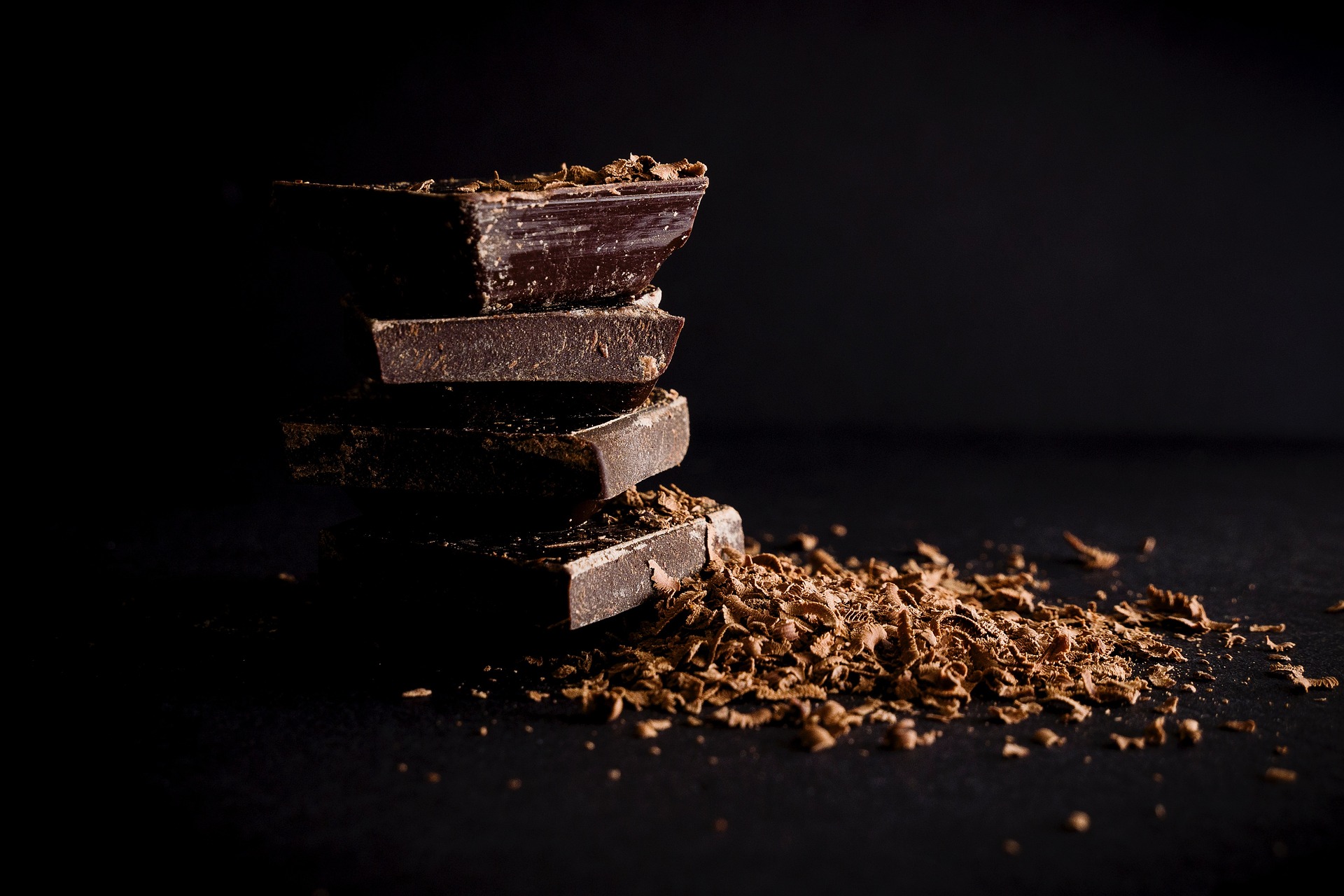
Why did the Consumer Reports analysis choose California’s standard, rather than FDA’s? It’s anyone’s guess, as stricter standards aren’t necessarily better, but they can look better politically. One hypothesis is that stricter standards mean more foods won’t meet them, making for more sensational clickbait-y headlines, which means more traffic, which means more exposure for the manufactured controversy, and possibly increased revenue.
How Do Lead & Cadmium Get Into Food?
- Lead can be present in soil and/or settle on food from piston airplane exhaust fumes (automotive gasoline has been lead-free for years), It can also find its way into cacao post harvest during the drying and fermenting stages from contact with soil and airborne dust.
- Cacao trees are “bio-accumulators,” meaning they take up cadmium that’s naturally present in soil, so cadmium is also present in the tree and leaves, not just the seeds. Central and South American soils, which produce some very fine cacao beans, tend to have more cadmium than West African soils, but this is not necessarily the case.
More common food sources of lead and cadmium in many people’s diets include leafy greens such as lettuce and spinach, root vegetables, and grains like rice and wheat, all of which can bio-accumulate lead and cadmium.
Ask An Expert:
Are Consumers at Risk From Lead & Cadmium in Food?
There’s good news:
“Levels of lead in foods and water have been decreasing dramatically since the removal of lead from gasoline and removal of lead from tin cans,” said noted food toxicologist Dr. Bernadene Magnuson. “The presence of Pb and Cd naturally occurring in chocolate has been known for many years. Levels have been monitored,” she noted, and “if you compare levels in 2014 with those in 2022, have seen continual reduction.”

According to FDA data, between 1980 and 2016, daily dietary exposures to lead for 1-3 year-olds decreased 97%. Chocolate had nothing to do with this downward trend. Rather, there were various industry efforts that contributed to the decline. Lead was phased out of gasoline, so fewer lead fumes to inhale or settle onto food crops. Plus, the food industry removed lead from the cans used to package food.
The chief sources of exposure to lead? California’s publication, “Prop 65 Warnings: Lead and Lead Compounds” does not list any foods as major concerns. Instead, the warning notes lead-based paint, drinking water from pipes and faucets containing lead, and some crystal glassware and tableware containing lead. Chocolate is not mentioned.
California’s own publication, “No Significant Risk Levels (NSRLs) For Proposition 65 Lead And Lead Compounds” indicates an oral intake of 15 mcg/day – 30 times higher than the MADL of 0.5 mcg/day – has “no significant risk level.”
Among the 28 bars Consumer Reports tested, the highest lead level was 1.9 mcg/oz. This is over California’s MADL but far lower than the FDA level of 8.8 mcg/day for women of childbearing age. As for toddlers, I don’t know how many toddlers, or even many adolescents, are eating an ounce of chocolate with 88% cocoa content on a regular basis.
The Author Asks: “I Eat Dark Chocolate Daily: Am I At Risk From Lead Exposure?”
Keith Ayoob, the primary author of this article, wondered, “As a chocolate lover – I eat about about 50 grams of dark chocolate in addition to between 1/3 – 1/2 cup of cocoa powder every day. Am I at risk?
“As with cadmium, the only way to know for sure if I needed to be concerned was to perform a specific test for lead. So I had a sample of my blood sent to a national lab (Quest Diagnostics) for analysis of my blood lead level (BLL):”
- BLL reference range: <3.5 mcg/dL
- My BLL?: <1.0 mcg/dL
Cadmium in Chocolate: The Other Heavy Metal
As an element in soil, cadmium has always been in many whole foods, nearly everywhere food is grown in the world. Yes, it’s also present in chocolate and cocoa but the news is good here, too.
Cadmium toxicity from food is extremely rare and seldom comes from food. I’ve written before on this issue for TCL [links below], and the Consumer Reports analysis did nothing to change my position on the issue.
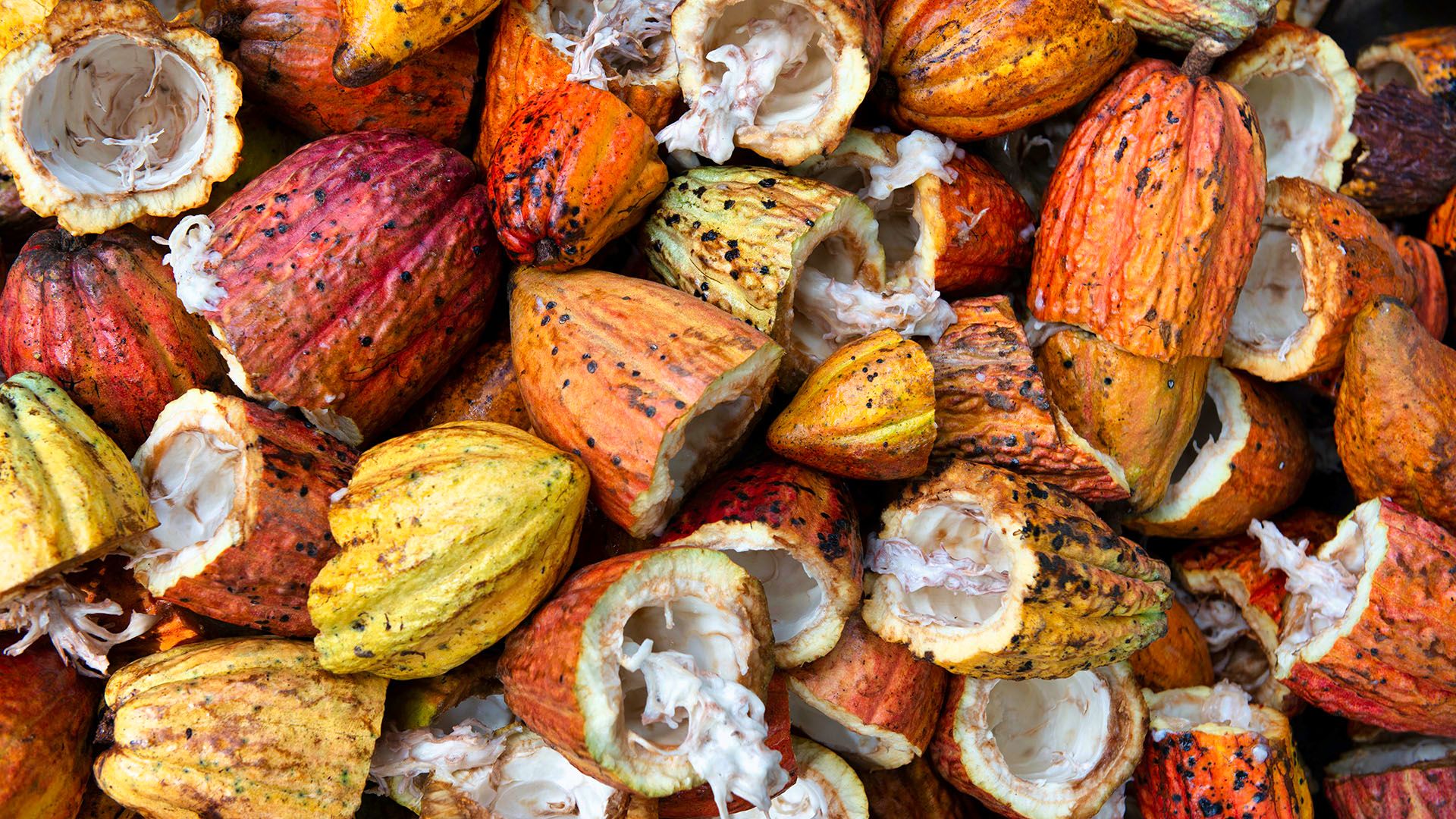
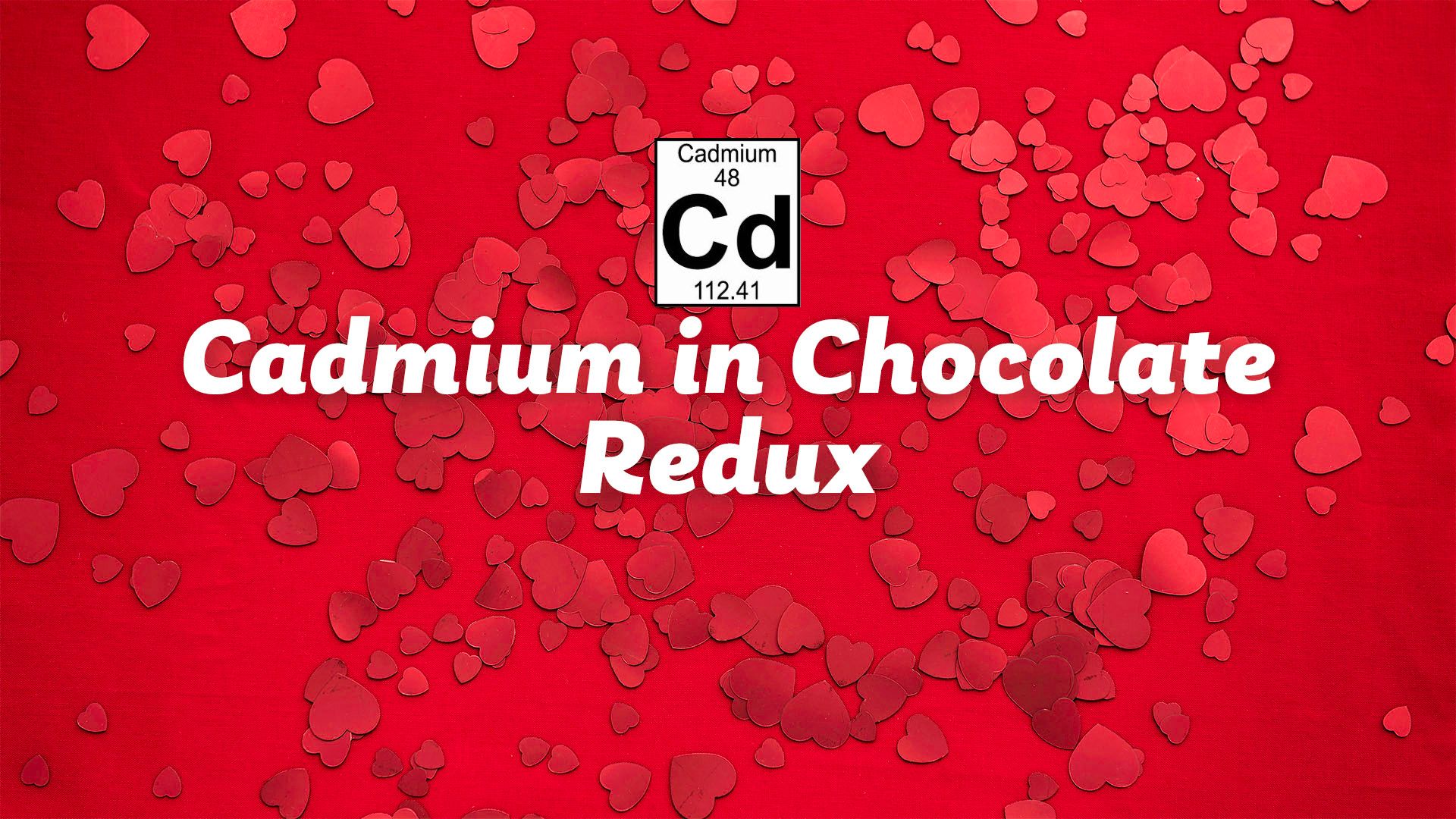
“The top dietary cadmium sources in the US,” Keith continues, “are foods like leafy vegetables, potatoes, legumes and nuts that are considered healthy. I eat plenty of these foods and encourage others to do the same. Even though I consume large amounts of cocoa powder and dark chocolate daily, my tested level of cadmium was square in the middle. Not even close to being a concern.”
How To Reduce Your Risk of Exposure From Lead & Cadmium
- Don’t smoke or inhale other people’s smoke. Tobacco smoke exposes you to lots of cadmium.
- Eat a healthy diet! Especially get enough iron, calcium, vitamin C, and protein; nutrients that help mitigate lead absorption.
- Get your nutrients from food first, rather than supplementing with the above. Refer to the infographic below with the link to download the full PDF below that.
Primary Conclusion
Consumer Reports' decision to not put the results of their analysis into appropriate context makes it very troubling.
Should There Be Warning Labels on Chocolate Bars And Products?
“Not according to Dr. Magnuson,” says Keith.
She noted, “Lead and cadmium are present in so many foods that we would need to put a warning label on pretty much everything from soup to nuts.”
Leave them in the comments.



